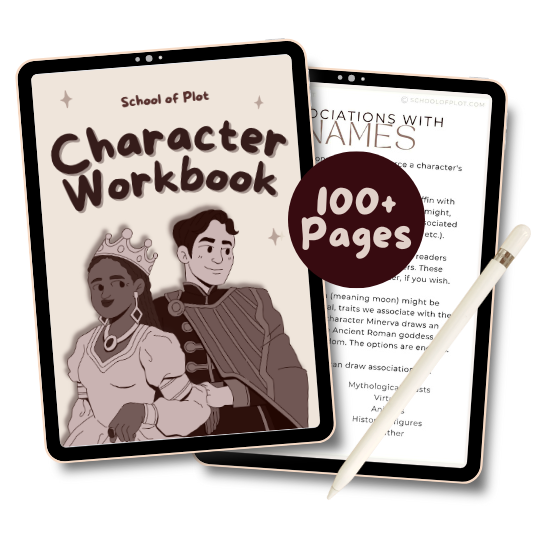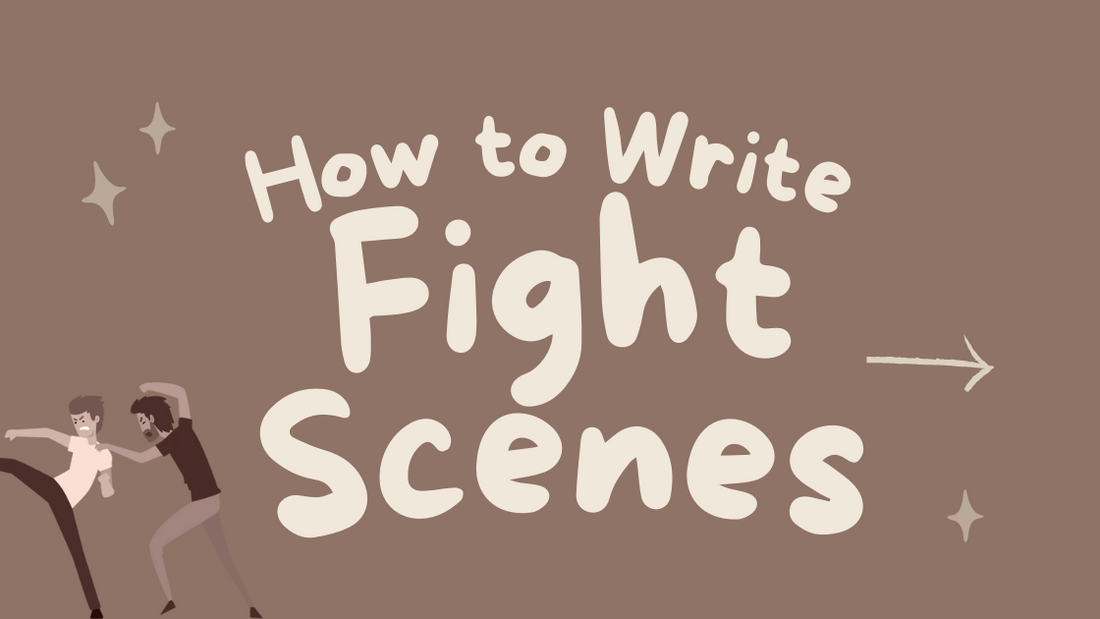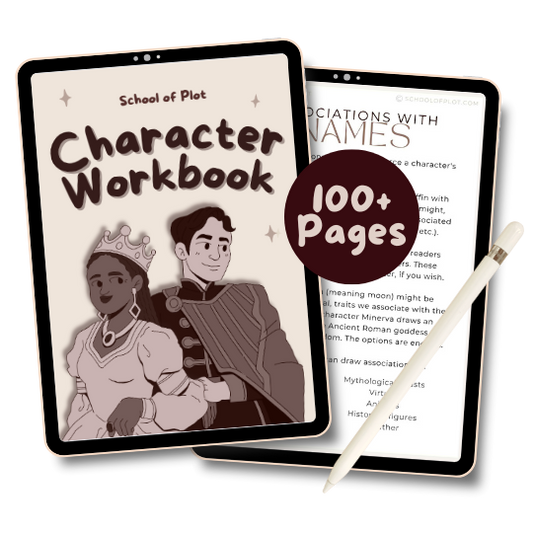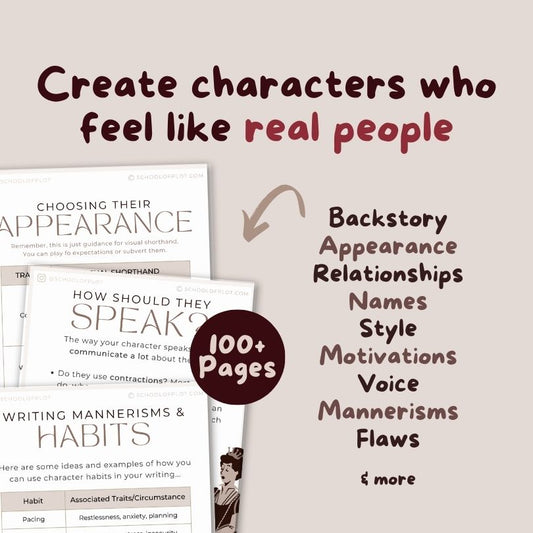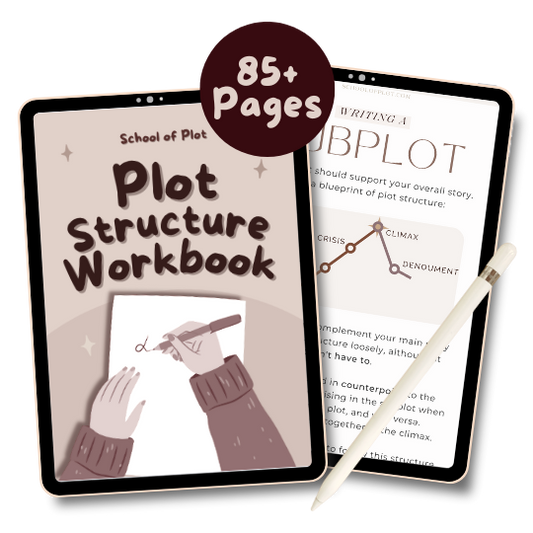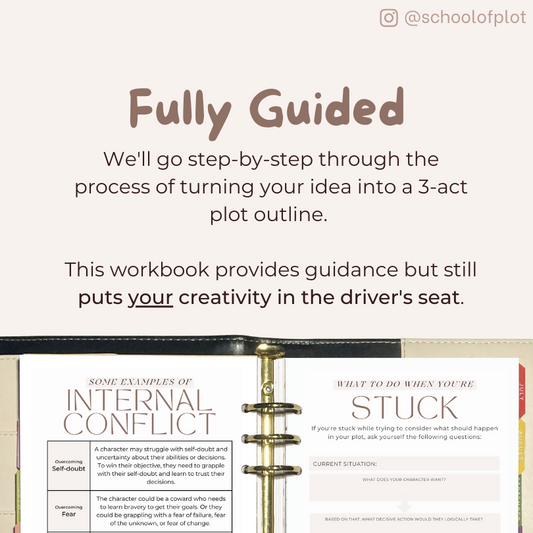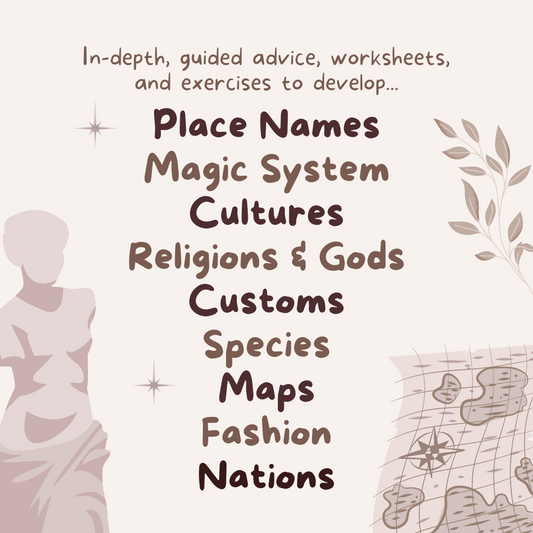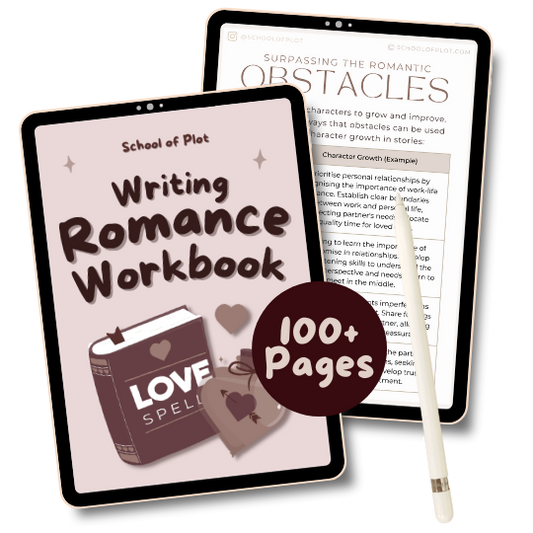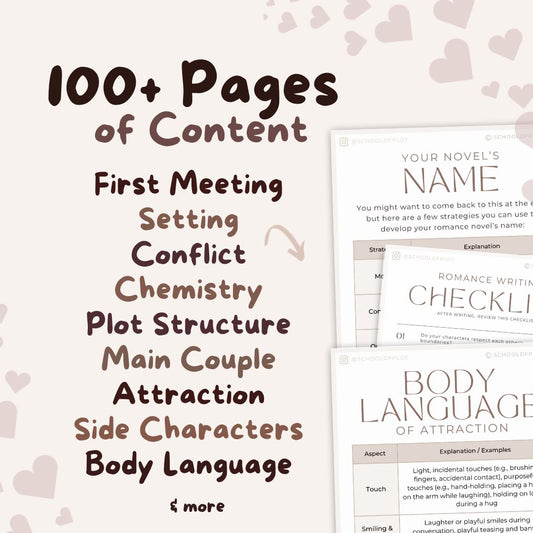Table of Contents

Below is a quick but detailed guide into how to write fight scenes. I will warn you, while it's not gory by any means, there is some description of injury. Read with caution!
Effects of Strikes in Fight Scenes
Showing the effect of strikes on your character can immerse readers in the visceral experience of the combat.
- Physical pain: sharp, searing, dull ache, throbbing, numbing, burning (etc.)
- Impaired mobility: Strained muscles, aching joints, being winded by a blow to the chest, swelling (eyes, lips, etc.)
- Disorientation: Dizziness, blurred vision, loss of balance, loss of coordination
- Emotional impact: Disgust at the sound of crunching bones, fury, desperation
Sensory Details in Fight Scenes
In a fight scene, adrenaline drives characters. They may not have time to think, but their senses may be heightened.
- Visual: blood (trickling, splattering, dripping), contorted facial expression of opponent, fluidity of opponent's movements
- Sounds: Cracks, thuds, grunts of effort, cries of pain, shouts from onlookers, clash of metal against metal (in sword fights)
- Smell & taste: blood, sweat, earth (if the character has fallen)
- Touch: Heat to swollen areas, reverberation of impact, hard ground against face (if fallen), weight of the sword
Writing Injuries in Fight Scenes
To give a fight scene more weight, don't be afraid to really rough up your characters. Examples include:
| Fight Type | Common Injuries |
| Sword Fight |
Cuts and lacerations, puncture wounds, severed limbs or digits, broken bones from parrying or blocking, bruises and contusions, dislocated joints, impalement
|
| Fist Fight |
Bruises and contusions, broken nose, black eye, split lip, facial fractures, broken or dislocated jaw, dental damage, broken ribs, sprained or broken fingers, concussions
|
| Knife Fight |
Stab wounds, cuts and lacerations, severed tendons or nerves, puncture wounds, defensive wounds on hands and arms, bleeding and blood loss, organ damage from deep stabs
|
| Brawl or Riot |
Various cuts, bruises, and abrasions, broken nose, black eye, split lip, facial fractures, broken or dislocated jaw, dental damage, broken ribs, sprained or broken fingers, concussions, lacerations from broken bottles or improvised weapons, trampling injuries
|
How Do I Write Dialogue In a Fight Scene?
To keep your fight scenes quick, exciting, and realistic, keep the dialogue to a minimum. Long conversations or elaborate monologues can be unrealistic and slow the pace.
Keep it snappy. This doesn't mean Marvel quips (unless that's your vibe) but more quick taunts, brief threats, essential information communicated to allies.
Break up any dialogue with action beats to maintain the intensity of the scene. Characters can speak between strikes or during brief pauses in the fight. They may grunt their lines or be out of breath.
Use subtext and nonverbal cues to convey meaning without lengthy explanations. Characters may exchange knowing glances, grit their teeth, or smirk to communicate their intentions or emotions.
How Do I Make Fight Scenes Engaging For Readers?
Create a sense of immersion. One way to achieve this is by using action verbs that convey the intensity and speed of the action. Dynamic words keep the fight scene moving quickly.
When you write a fight scene, you may want to use short & snappy sentences to speed the pace.
Action Words For Fight Scenes
| Punch | Kick | Block | Strike | Grapple |
| Throw | Tackle | Deflect | Parry | Dodge |
| Stab | Slash | Cut | Slice | Thrust |
| Elbow | Knee | Wrestle | Disarm | Flip |
| Sweep | Hook | Jab | Uppercut | Choke |
| Slam | Smash | Crush | Bash |
